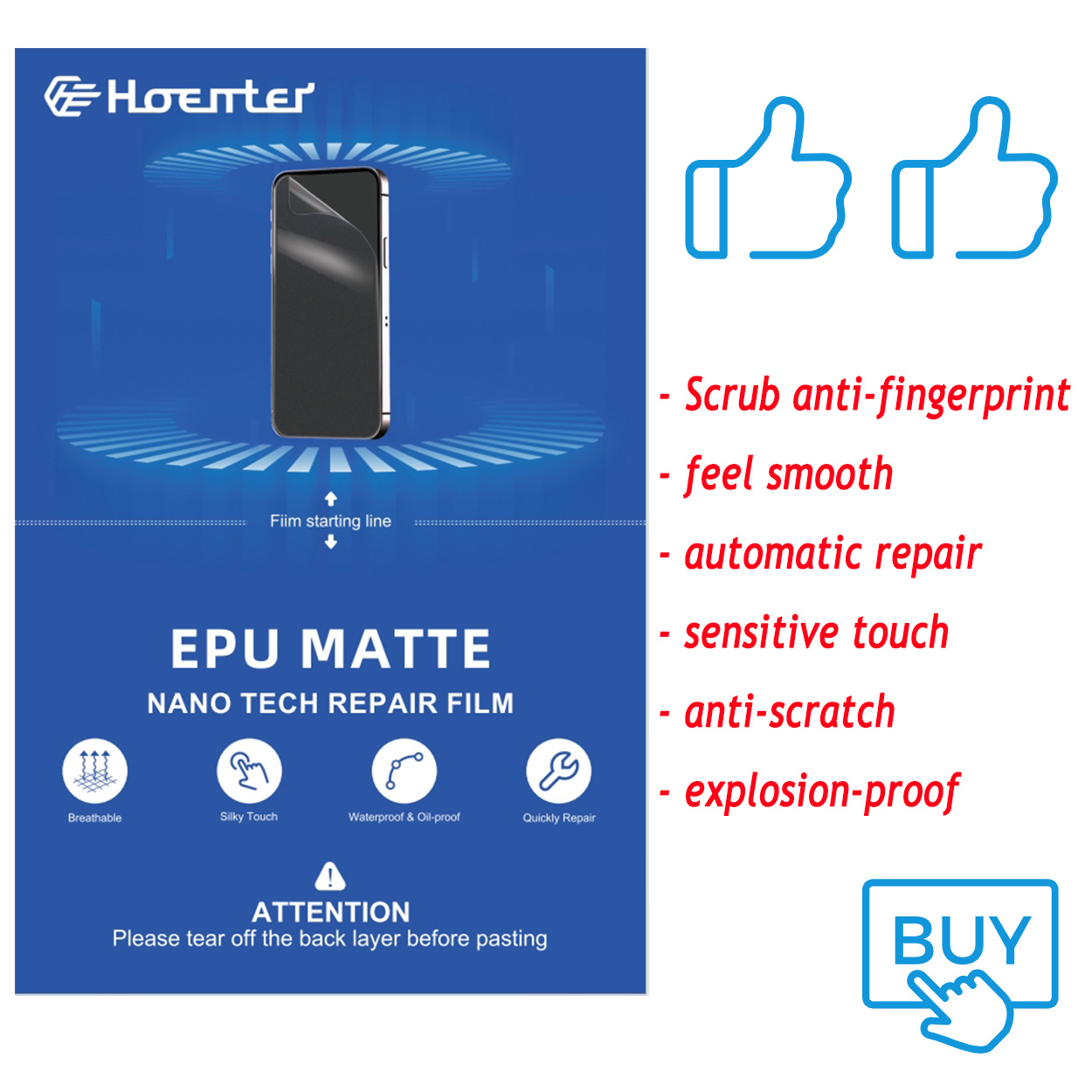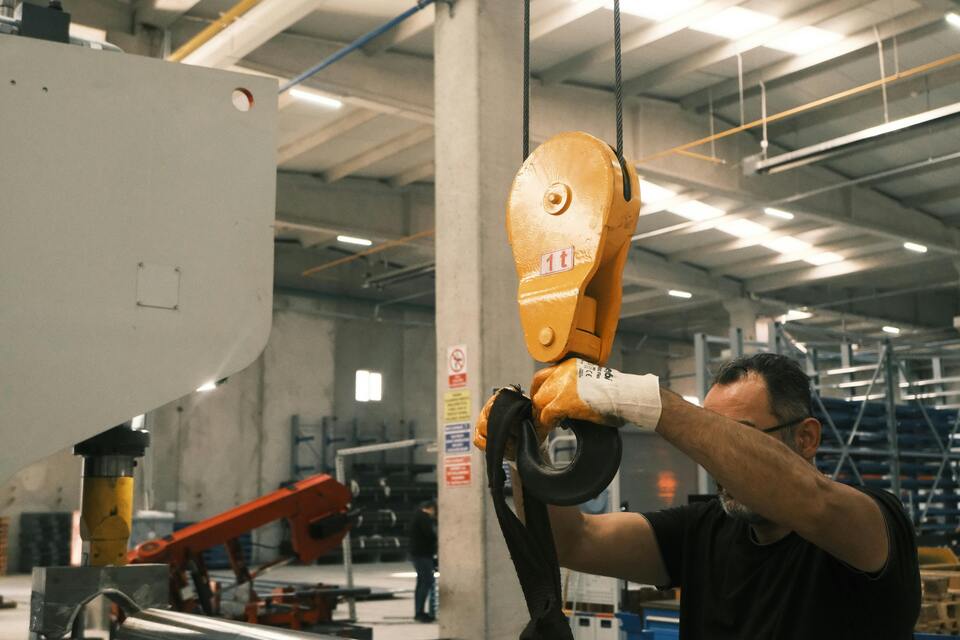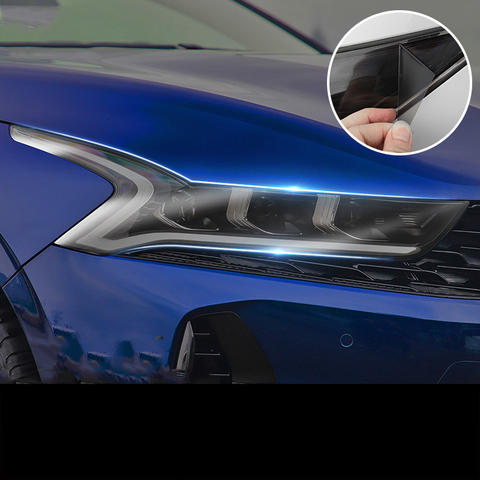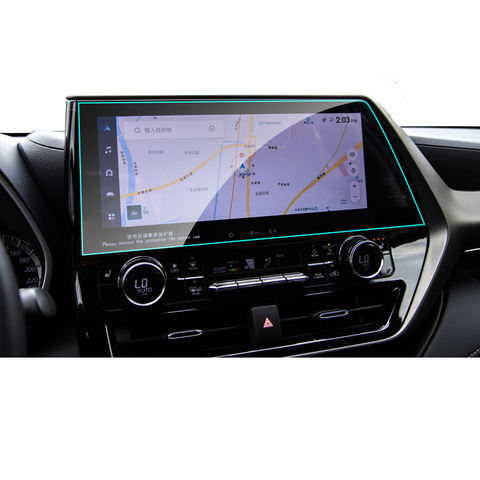
How to Put on a Screen Protector Perfectly: A Comprehensive Guide
Table of Contents
Extract
Why Is Proper Screen Protector Application Important?
Before we dive into the nitty-gritty of application techniques, let’s understand why it’s crucial to get this right. A properly applied screen protector not only safeguards your device from scratches and impacts but also maintains the touch sensitivity and visual clarity of your screen. Moreover, a well-applied protector can increase the resale value of your device and save you money on potential screen repairs.
What Tools Do You Need for Perfect Screen Protector Application?
To ensure a smooth application process, gather the following items:
- Your chosen screen protector (film or tempered glass)
- Microfiber cloth
- Cleaning solution (alcohol wipes or screen cleaner)
- Dust removal stickers
- Squeegee or credit card
- Well-lit, dust-free environment
Having these tools at hand will set you up for success and minimize the chances of a botched application.
How to Prepare Your Device for Screen Protector Application?
Preparation is key to a perfect application. Follow these steps:
- Clean your hands thoroughly to avoid transferring oils or dirt.
- Power off your device to prevent accidental touches during application.
- Remove any existing screen protector or case.
- Use the cleaning solution and microfiber cloth to thoroughly clean the screen.
- Use dust removal stickers to pick up any remaining particles.
A clean, dust-free surface is crucial for a bubble-free application.

What Are the Different Types of Screen Protectors Available?
Screen protectors come in various materials and styles. The two most common types are:
- Film protectors: Thin, flexible, and less visible
- Tempered glass protectors: Thicker, more durable, and offer better protection
Each type has its pros and cons, so choose based on your needs and preferences.
How to Apply a Film Screen Protector?
Applying a film protector requires patience and precision. Here’s a step-by-step guide:
- Peel off the backing layer carefully.
- Align the protector with your device’s screen edges.
- Start from one end and slowly lower the film onto the screen.
- Use the squeegee to push out any bubbles, working from the center outwards.
- If you notice dust particles, lift the film slightly and use a dust removal sticker.
Remember, film protectors are more forgiving during application as they can be repositioned if needed.

What’s the Best Way to Apply a Tempered Glass Screen Protector?
Tempered glass protectors offer superior protection but can be trickier to apply. Follow these steps:
- Remove the protective backing from the adhesive side.
- Align the protector carefully with your device’s screen.
- Gently lower one end of the protector onto the screen.
- Allow the adhesive to spread naturally across the screen.
- If bubbles appear, use gentle pressure with the squeegee to push them out.
Tempered glass protectors are less flexible than film, so accurate initial placement is crucial.
How Can You Avoid Bubbles When Applying a Screen Protector?
Bubbles are the bane of screen protector application. Here are some tips to avoid them:
- Work in a clean, dust-free environment.
- Use dust removal stickers liberally before and during application.
- Apply the protector slowly and methodically.
- Use a squeegee or credit card to push out bubbles as you go.
- If bubbles persist, lift the protector slightly and reapply pressure.
Remember, some tiny bubbles may disappear on their own after a day or two as the adhesive settles.

What Should You Do If You Make a Mistake During Application?
Don’t panic if things don’t go perfectly. Here are some troubleshooting tips:
- For film protectors, you can often lift and reposition without issue.
- With tempered glass, if misaligned, carefully lift it off and try again (but be aware this may affect the adhesive).
- If dust gets trapped, use a piece of tape to lift the protector slightly and remove the particle with a dust removal sticker.
Patience is key – it’s better to take your time than to rush and end up with a poorly applied protector.
How Can You Ensure Perfect Alignment of Your Screen Protector?
Alignment is crucial for both aesthetics and functionality. Try these techniques:
- Use the device’s physical buttons or camera cutouts as reference points.
- Some protectors come with alignment tools – use them if available.
- Turn on your device’s screen (if it’s a non-adhesive protector) to check alignment before pressing down.
- Take your time and adjust as needed before fully adhering the protector.
A well-aligned protector not only looks better but also ensures full coverage of your device’s screen.
What Are Some Professional Tips for Flawless Screen Protector Application?
To achieve a professional-level application, consider these advanced tips:
- Use a steamy bathroom to reduce dust in the air before application.
- Apply in a well-lit area to spot any imperfections easily.
- Use a hair dryer on low heat to help remove stubborn bubbles (careful not to overheat the adhesive).
- For curved screens, use a flexible protector and apply it with a rolling motion.
- Consider using application kits that come with alignment frames for perfect positioning.
These tips can elevate your screen protector game from amateur to expert level.
How to Maintain Your Screen Protector for Longevity?
Once applied, proper maintenance can extend the life of your screen protector:
- Clean regularly with a microfiber cloth and approved cleaning solution.
- Avoid using abrasive materials or harsh chemicals.
- Replace your screen protector if it becomes heavily scratched or damaged.
- Be cautious when using your device with the protector to avoid unnecessary wear and tear.
A well-maintained screen protector can last for months or even years, providing continuous protection for your device.In conclusion, applying a screen protector perfectly is a skill that anyone can master with the right techniques and a bit of patience. By following this comprehensive guide, you’ll be well-equipped to protect your device’s screen with confidence and precision. Remember, practice makes perfect, so don’t be discouraged if your first attempt isn’t flawless – each application will get better!Key takeaways to remember:
- Thoroughly clean your device before application
- Choose the right type of protector for your needs
- Work in a clean, well-lit environment
- Take your time and be patient during the application process
- Use proper tools and techniques to avoid bubbles and misalignment
- Maintain your screen protector for long-lasting protection
With these tips in mind, you’re now ready to tackle screen protector application like a pro. Happy protecting!
Comments

How to Apply a Screen Protector to a Camera?
By following these steps and tips, you’ll ensure your camera lens remains protected and ready to capture stunning images. Happy shooting!

Are Paperlike Screen Protectors Good?
If you’re looking to elevate your iPad experience, a Paperlike screen protector might just be the upgrade you need!

Auto Repair Anti-scratch Film EPU Screen Protector
When comparing EPU vs TPU screen protectors, EPU protectors offer significant advantages in terms of durability, flexibility, and display clarity. They are an excellent choice for users seeking long-term protection with superior scratch resistance and a premium touch experience. However, if you prioritize affordability and basic protection, TPU protectors are still a reliable option. Ultimately, your choice should depend on your specific needs for screen protection.

Hydrogel Blade Cutting Machine Technology-Innovations and Future Trends
Hydrogel Blade Cutting Machine Technology represents a significant advancement in the precise and efficient processing of hydrogel materials, initially developed for medical applications due to their high water content and biocompatibility.

Is a Matte Screen Protector Good for Drawing?
Whether you’re an artist looking for precision or a student aiming for better notes, a matte screen protector could be the perfect addition to your iPad or tablet setup.
Tags
Find All knowledge and trends from our blog, get the wholesale price and best quality from our factory.

What Film Cutting Machine and Its Application
Film cutting machines have played a crucial role in the evolution of filmmaking and various industrial processes by enabling precise cutting and splicing of film materials.

What Is a Screen Protector Cutting Machine?
A screen protector cutting machine is a specialized device designed to produce custom-fit screen protectors for various electronic devices, including smartphones, tablets, smartwatches, laptops, and monitors.

How Mobile Phone Screen Protector Cutting Machine Work?
A mobile phone screen protector cutting machine is a sophisticated device designed
to produce customized screen protectors for various digital devices with high preci
sion and efficiency.

Characteristics of Mobile Phone Tempered Glass and Mobile Phone TPU Screen Protector
Thermoplastic polyurethane (TPU) screen protectors are flexible, durable, and
self-healing plastic films designed to protect electronic device screens from
scratches, impacts, and other potential damages.

Revolutionize Device Protection with Screen Guard Cutting Machine
Whether you possess a smartphone, tablet, or smartwatch, this versatile machine accommodates a vast array of devices. It seamlessly adapts to the dimensions of your gadget, offering a custom fit that generic protectors can’t match.

Screen Protector Lifetime Warranty
A screen protector lifetime warranty is a guarantee provided by manufacturers that
promises to repair or replace a screen protector for the lifetime of the product, under specific terms and conditions.





